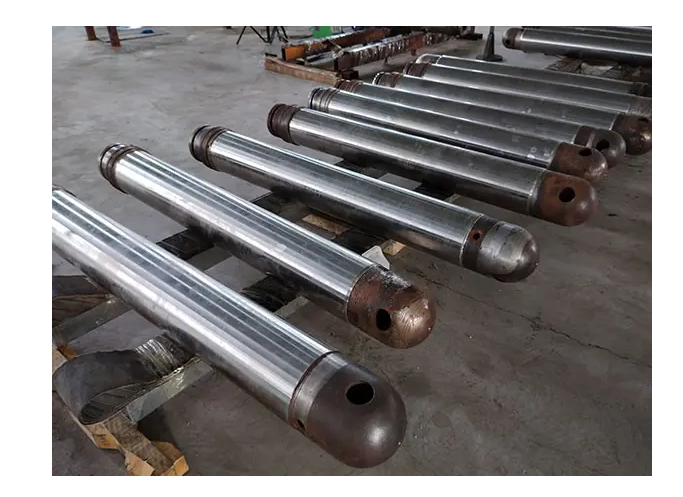The selection of metal materials suitable for laser cladding
There are many factors to consider when selecting metal materials suitable for laser cladding repair technology, including the material's melting point, thermal conductivity, brittleness, thermal expansion and contraction properties, and chemical composition. The following will discuss these factors in detail and their impact on the selection of metal materials.
First of all, the melting point is one of the important factors in selecting metal materials for laser cladding repair technology. Laser cladding repair technology uses a high-energy-density laser beam to melt metal powder and quickly cool it to form a dense metal coating. Therefore, the melting point of the material should be moderate, so that it can be melted under laser melting conditions and form a dense microstructure under rapid cooling. Generally speaking, the melting point of the material should be lower than the power density of the laser to ensure that the metal can be completely melted.
Secondly, thermal conductivity is also one of the important factors in selecting metal materials for laser cladding repair technology. Since laser cladding repair technology is a process of rapidly heating the metal through a laser beam and rapidly cooling it to form a cladding coating, the thermal conductivity of the material has an important influence on the quality and performance of the cladding. Materials with higher thermal conductivity can better diffuse and evenly distribute heat, help form a dense metal cladding coating, and improve the thermal conductivity of the repaired parts.

In addition, the brittleness of the material also needs to be considered. In laser cladding repair technology, metal materials undergo complex thermal cycles and cooling processes, which are prone to accumulation of thermal stress and residual stress. Brittle materials are prone to cracks and deformation during the cooling process, affecting the quality and performance of the cladding. Therefore, it is crucial to select metal materials with high toughness and ductility for laser cladding repair technology.
In addition, thermal expansion and contraction performance is also a factor to consider. In laser cladding repair technology, metal materials will expand at high temperatures and contract when cooled, which can easily cause stress concentration between the cladding and the substrate. Choosing metal materials with appropriate thermal expansion and contraction properties can reduce the risk of stress concentration and improve the stability and durability of the repaired parts.
The chemical composition of the material also needs to be considered. Different materials have different mechanical properties and corrosion resistance, so it is necessary to select the appropriate material according to the specific application requirements. For example, for applications that require high wear resistance, materials such as cemented carbide or stainless steel can be selected; for applications that require high corrosion resistance, corrosion-resistant alloys can be selected. In addition, the chemical composition of the material will also affect the process parameters of laser processing, such as laser power, scanning speed, and processing temperature.
In summary, the selection of metal materials suitable for laser cladding repair technology requires comprehensive consideration of multiple factors such as the material's melting point, thermal conductivity, brittleness, thermal expansion and contraction properties, and chemical composition. By rationally selecting metal materials, the quality and performance of the repaired parts can be guaranteed and specific repair needs can be met.
